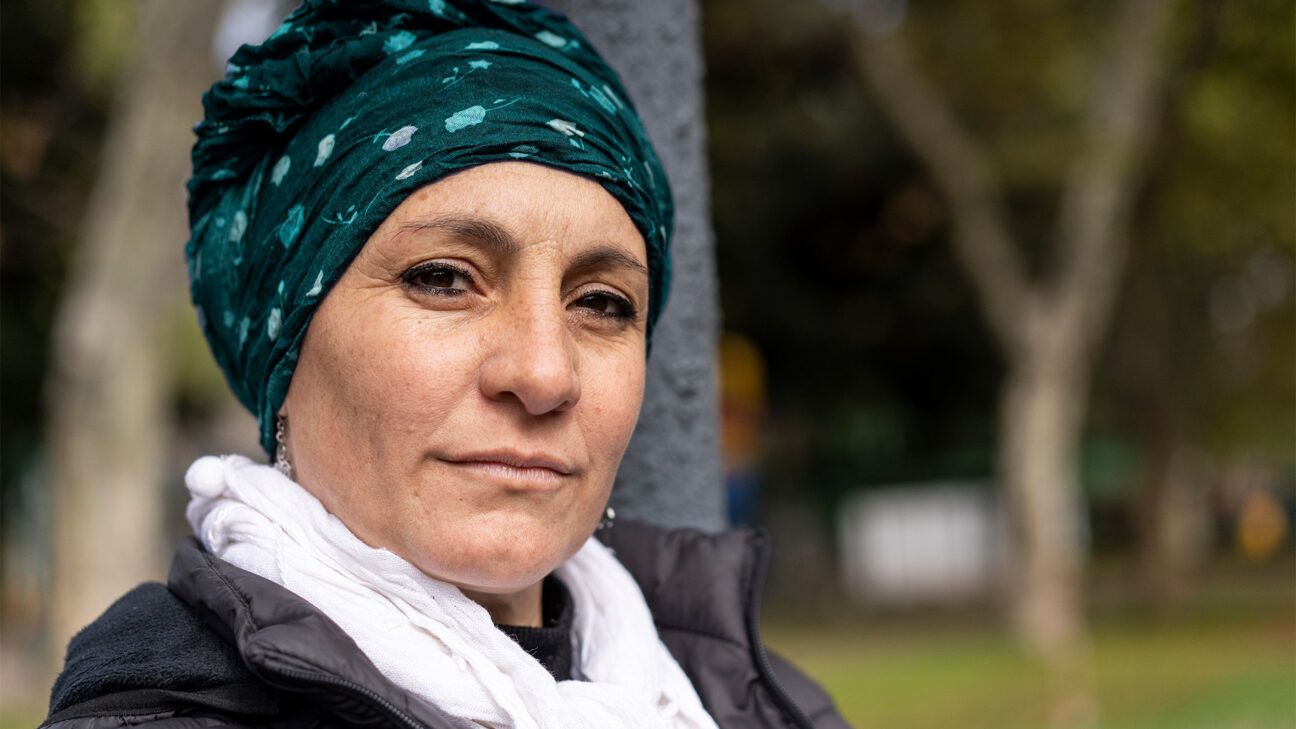
Share on Pinterest
- A recent study reveals a rise in cancer cases among women and younger adults in the United States.
- For the first time, cancer rates in women aged 50 to 64 have overtaken those in men, as per the findings.
- While the reasons behind these changes are unclear, experts have suggested factors like sedentary lifestyles, high alcohol use, and diets rich in ultra-processed foods.
The American Cancer Society (ACS) published a report on January 16, revealing that cancer death rates have decreased by 34% from 1991 to 2022 in the United States.
The Cancer Statistics, 2025 report attributes this decline primarily to reductions in the four most prevalent cancer types: lung, colorectal, breast, and prostate cancers.
However, the number of new cancer cases, or incidence, has risen for various types of cancer during this timeframe, particularly among women and young adults.
Notably, the incidence of cancer in women aged 50 to 64 has surpassed that in men for the first time. Furthermore, the cancer rate in women under 50 is now 82% higher than in their male counterparts, a significant rise from 51% in 2002.
Additionally, among individuals under 65, lung cancer rates are now higher in women than in men. This trend is attributed to differences in smoking initiation and cessation among women, as noted in the report.
The report also points out that pancreatic cancer incidence and mortality rates are on the rise for both sexes. The five-year survival rate for those diagnosed with pancreatic exocrine tumors is a mere 8%, with this type accounting for 90% of pancreatic cancer cases.
“Pancreatic cancer is challenging to detect early — there’s no screening test available, unlike colon cancer,” explained Dr. Nilesh Vora, a hematologist and medical oncologist, and medical director at the MemorialCare Todd Cancer Institute in Long Beach, CA. Vora did not participate in the report.
“The advancements in treatment for pancreatic cancer haven’t kept pace with those seen in other cancers like lung, melanoma, and colon cancer,” Vora told Healthline.
Overall, the report anticipates 2,041,910 new cancer diagnoses in the U.S. in 2025, with 618,120 cancer-related deaths.
Despite this alarming figure, the cancer death rate has fallen by 34% from 1991 to 2022, resulting in nearly 4.5 million cancer cases being averted, as reported.
“For those diagnosed with cancer, the mortality rate continues to decline significantly,” remarked Dr. Kathleen K. Harnden, medical director of breast oncology at Inova Schar Cancer Institute in Fairfax, VA, who was not involved in the latest report.
“Individuals facing a tough diagnosis should recognize that the outlook is positive; they are increasingly likely to be cured and cancer-free following treatment,” she told Healthline.
“Our cancer treatment protocols and diagnostic methods have improved, leading to higher incidence rates being detected,” stated Vora. “Moreover, people are living significantly longer than they did three decades ago, which contributes to the decreased mortality rate. This indicates that more individuals are living with cancer than before,” he added.
Harnden emphasized that the availability of advanced multi-disciplinary care—where patients receive coordinated treatment from a surgeon, medical oncologist, and radiation oncologist—has significantly improved cancer survival rates in the U.S.
“This approach accelerates patient care,” she explained. “All physicians communicate effectively, review the same data, and develop a comprehensive strategy for cancer treatment.”
While the reasons behind the rising cancer burden among women and the younger population remain unclear, experts have identified several potential contributors.
“We’ve frequently discussed the impacts of sedentary lifestyles and rising obesity levels, as well as dietary changes,” Vora noted. “Though there’s no definitive conclusion, these factors warrant further investigation.”
Harnden pointed out that “as individuals spend more time engaged with screens and lead more sedentary lives—sitting at desks and reducing movement—their risk of developing cancer may increase.”
“Emerging evidence also suggests that dietary changes play a role,” she added. “A higher intake of ultra-processed foods might elevate cancer risk, while lower vegetable consumption could also have negative effects.”
“I am particularly concerned about the rising obesity rates, especially among women,” Harnden stated. “As obesity increases, women’s breast cancer risk rises correspondingly with each additional five pounds.”
Increased alcohol consumption is another factor that raises the risk for several cancers. The report noted rising incidences of oral cavity cancer, breast cancer, and liver cancer, all associated with alcohol consumption.
The report also highlighted concerning disparities in cancer mortality rates, with Native American populations experiencing rates two to three times higher than white individuals for kidney, liver, stomach, and cervical cancers.
Furthermore, Black individuals are twice as likely to die from prostate, stomach, and uterine corpus cancers compared to white individuals. They are also 50% more likely to die from cervical cancer, which is preventable through the HPV vaccine.
“The inequalities in cancer care are always sobering to witness,” Harnden remarked.
It is essential that we continue to enhance cancer screening efforts, ensuring equitable access for everyone, irrespective of their socioeconomic or cultural background. Vora echoed this sentiment, highlighting the importance of reaching out to underserved communities and educating them on cancer prevention and treatment.
Accessibility is a critical aspect of cancer treatment. We must ensure that all patients have the necessary treatments available to them. As Harnden pointed out, individuals can take proactive steps to lower their cancer risk. By reducing alcohol intake and increasing physical activity, making healthier lifestyle choices can significantly improve overall health.
The American Cancer Society’s Cancer Statistics, 2025 report showcases the advances made in lowering cancer death rates in the U.S. Nevertheless, concerning trends persist, such as the rising cancer incidence among women aged 50 to 64 surpassing that of men for the first time. These trends may be linked to issues like alcohol consumption, insufficient physical activity, and an uptick in ultra-processed food consumption.
It is imperative for individuals to take charge of their health by making informed choices and adopting healthier lifestyles. By remaining proactive and knowledgeable, we can work collectively to lessen the cancer burden and promote overall well-being for everyone.


